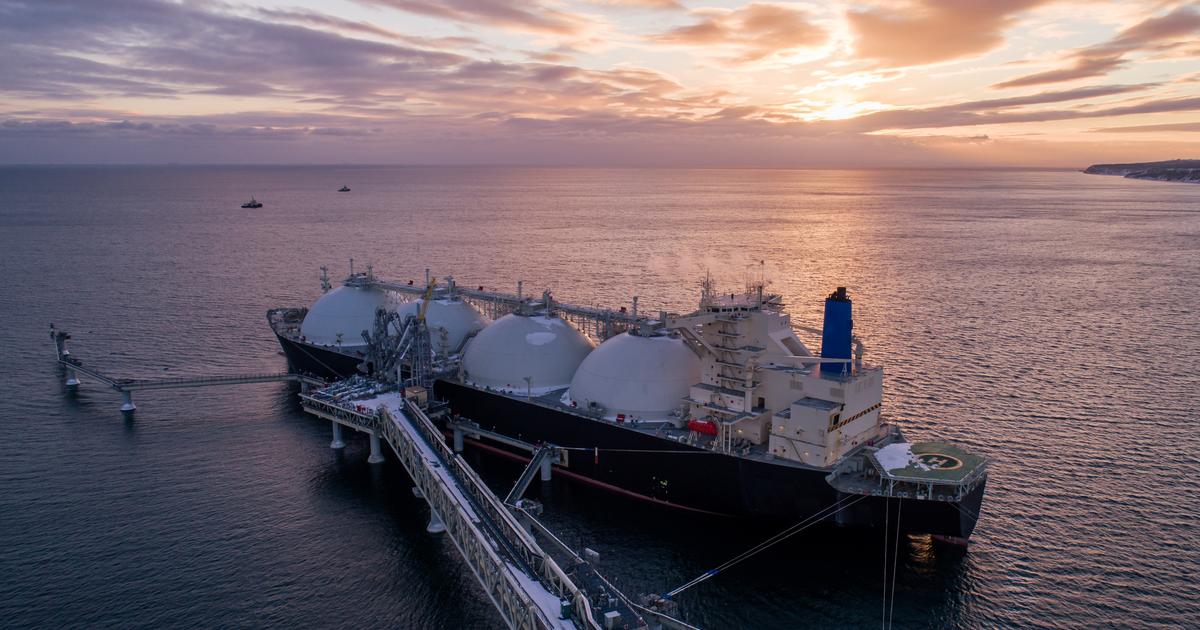The European Union's efforts to reduce its dependence on Russian hydrocarbons, and thus restrict its participation in Moscow's war chest, have had mixed results.
This is particularly true for gas.
With 40% of its consumption imported from Russia before the invasion of Ukraine, the EU, too dependent to establish an embargo, was content to reduce its imports.
It was “helped” by Moscow, which, as a retaliatory measure against Western sanctions, particularly on oil, significantly reduced its gas deliveries.
Especially since the Nord Stream underwater pipes, which allowed it to supply Europe, in particular Germany, were sabotaged in September 2022. Overall deliveries of Russian gas to Europe fell at the end 2023 to almost 15% of EU purchases.
After the significant drop in Russian gas deliveries, Europe had to adapt.
It has turned more towards liquefied natural gas (LNG), transported by ship.
Its LNG purchases exceeded 170 billion euros in 2022 and 2023, indicates a study by the American think tank IEEFA (Institute for Energy Economics and Financial Analysis).
Nearly half of the imports (75 billion euros) came from the United States, while Russia shipped almost 15% (24 billion euros), thus beating Qatar, the world's leading LNG exporter. .
Unlike gas shipped by pipeline, Russian LNG has therefore seen its share of European imports jump.
“
Almost zero before the invasion of Ukraine, purchases of Russian LNG today represent almost half of the EU's purchases of Russian gas,”
underlines French energy specialist Thierry
Bros.
Greece and Turkey began importing them in 2022. Shipments to Spain doubled and those to Belgium more than tripled.
Together, Spain, France and Belgium received 80% of European imports of Russian LNG last year, the study said.
Also read: Nord Stream 2, the “sea serpent” that put Europeans to sleep
Demand down 20%
Meanwhile, Europe's gas consumption in 2023 fell to its lowest level in ten years.
In the two years since Russia invaded Ukraine, gas demand has fallen by 20% across the continent (EU, UK, Norway and Turkey).
It fell to 452 billion cubic meters, below 2014 consumption.
Europe has overcome the energy crisis and has organized itself to continue to reduce its gas consumption,
“in part thanks to energy efficiency measures and renewable energies
”.
The continent's LNG consumption should therefore reach its peak in 2025, predicts the IEEFA.
While gas supply is expected to continue to grow.
“LNG projects commissioned from 2025 are expected to add the equivalent of 45% of the total global LNG supply, and 6% of the total gas supply,”
calculated the firm Global Sovereign Advisory.
Good news for gas prices in Europe.
After reaching peaks of nearly 340 euros per megawatt hour in August 2022, they fell back to 24 euros, close to pre-war prices.

